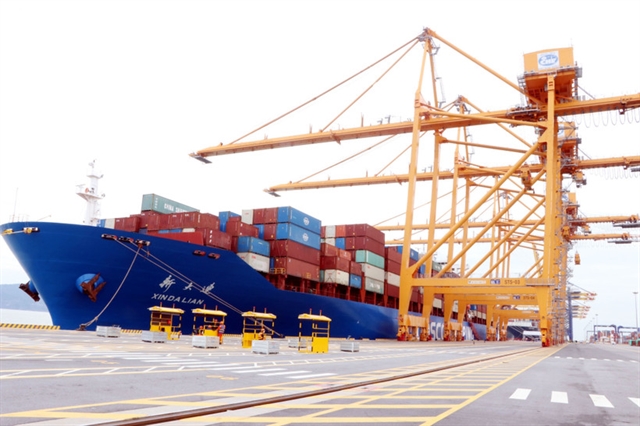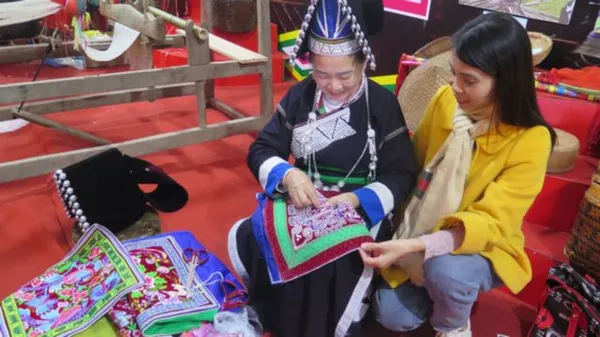 Life & Style
Life & Style
.JPG)
Cambodia is a treasure trove packed with culture, traditions, history and memories. Its landscapes are on par with anything you will see in Asia.
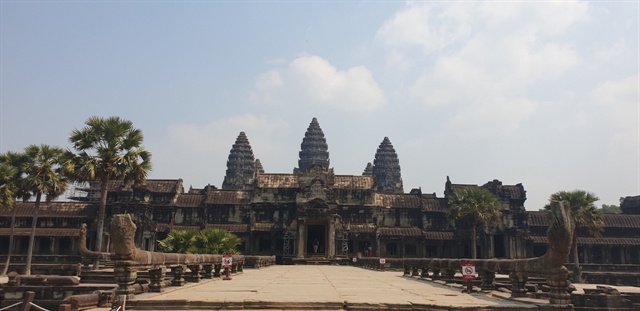
|
| The symbol of Cambodia, Angkor War in Siem Reap. — VNS Photos Hồng Minh |
By Hồng Minh
The essence of a good holiday really is experiencing new things. Getting to see places you've never seen before, learning about cultures you would never normally discover, and of course, visiting new countries.
The beauty of a road trip is that you get to do this not once, but twice. And of course we had the pleasure of seeing more of the country I call home.
There were definitely mixed emotions as we left Laos via National Highway 13 that took us to Cambodia’s National Highway (NH) 7. On the one hand, it was sad to leave such a fabulous country, but our excitement levels were reignited as we passed through the Trapaingkriel International Border Checkpoint.
Cambodia here we come.
First things first, we needed a Cambodian sim card – an essential tool to make sure you stay online to navigate via map apps. One US dollar was enough to buy a sim, a further $5 would give us plenty of data for a week.
Our road trip on NH7 started with a short section of a small red dirt road outside the border checkpoint, very typical for remote areas in Cambodia. When the road became larger and better, we put Siem Reap as the destination on the navigation app and hit the pedal to the metal – within the speed limits, of course.
One hour in, and we arrived at Stung Treng, a small, beautiful and contemplative city at the junction of the Sekong and almighty Mekong rivers.
Down town itself was peaceful, mainly because of the serene looking buildings with soft curves that were dotted along the banks of the river. Boat tours and kayaking are an ideal way to enjoy Stung Treng.
Our map app informed us the best route to Siem Reap would be along NH7 before hitting NH64.
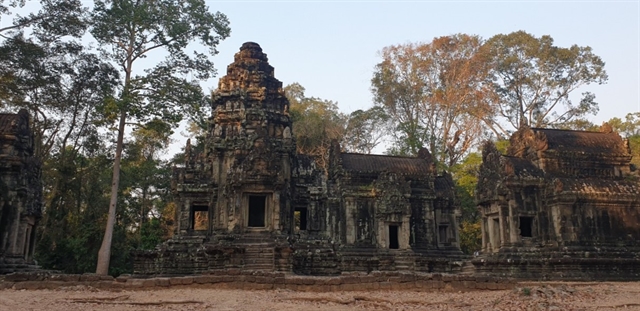
|
| A temple in the Angkor Wat complex. |
If you listen to anyone who has been here before, most will tell you of two destinations, that although complete opposites on the spectrum, are the places that stand out the most. Angkor Wat, and Pub Street.
Our hotel choice put us within walking distance of the latter and we opted for a three-day ticket to enter Angkor Wat.
This gave us the added benefit of doing things at our own pace, allowing us to enjoy the historic complex and take in the splendour of all main places to see.
Once you are all templed-out, if that is possible, what better way to top off your night that with a cold local beer on Pub Street. Granted, this was an area akin to the Khao San Road in Bangkok or Bùi Viện Street in HCM City, but it really is a must-see, not least to see a (completely) different side to the area.
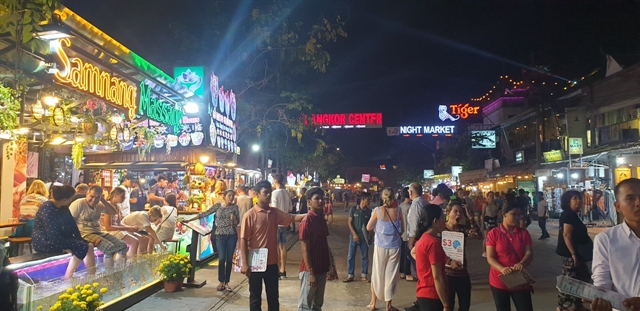
|
| Visitors at Pub Street in Siem Reap. |
When in Siem Reap, it is also worth visiting the Angkor National Museum where displays samples showing Angkor's history with modern technologies, or perhaps for the more spiritual tourist, stop off for prayer or a moment of reflection at the Wat Bo temple which has mixture of French architecture and Buddhist and Thai influences.
Plus there is the 500-year-old Wat Preah Prom Rath temple with reclining Buddha statue. Angkor Silk Farm, which is not far from the city centre, is located in a relatively open countryside, where you can witness the process of making silk and the journey there is certainly as smooth as the cloth at the farm.
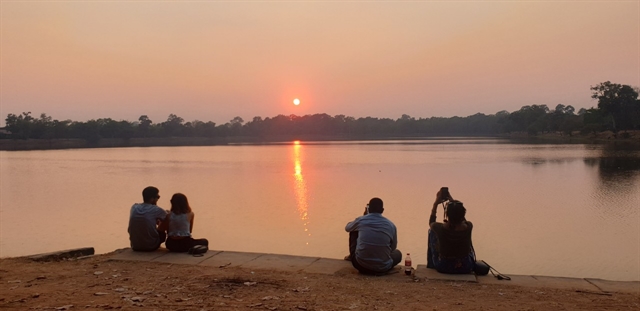
|
| Visitors enjoy sunset in Angkor Wat complex in Siem Reap. |
After enjoying both the old and the new, the quiet and the noise of Siem Reap, we took NH6 and then NH5 to Battambang City.
Battambang is often overlooked by tourists, which is quite understandable because it has neither beautiful beaches like Sihanoukville nor the capital city like Phnom Penh, and not the majestic temples like Siem Reap.
But this is the second largest city of Cambodia, a place with perfect balance of fast and calm, with friendly locals and lots of interesting things to explore. We learnt about the city with its unique type of transportation, norris or bamboo train (bamboo array), the main mode of transportation in the Battambang region because it is both fast and cheap. We did not have time to take a ride but really hope to come back to give it a go. Continued with NH5, we passed Pursat Town and the floating village Kampong Luong on Tonle Sap Lake.
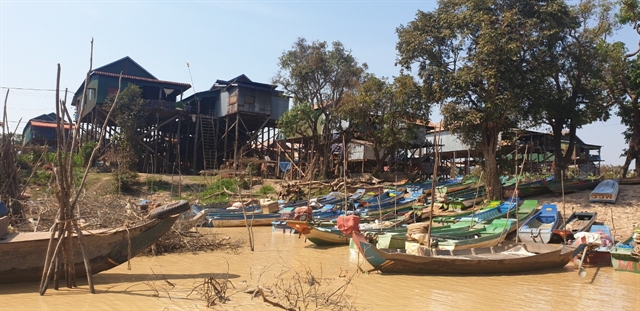
|
| A floating village on Tonle Sap Lake. |
We dropped off the car and took a boat trip on Tonle Sap – the largest freshwater lake in Southeast Asia – to understand why it is called Biển Hồ (Ocean Lake) in Vietnamese. It is really as wide as the sea. The number of residents of the floating village is up to more than 10,000, including many Vietnamese and Cambodians.
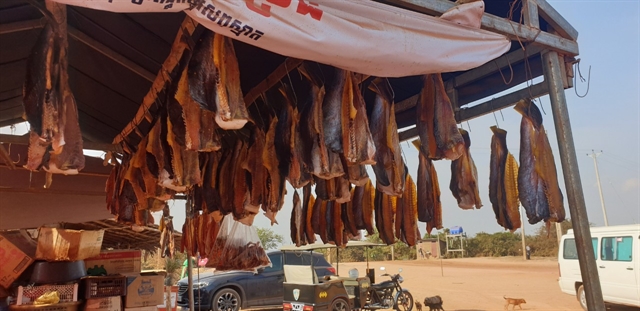
|
| Dried fish for sale on the bank of Tonle Sap Lake. |
Riding some 60km from Kampong Luong, we arrived at Kampong Chhnang to visit a memorial of Vietnamese volunteer soldiers and experts, who helped save the Cambodian people from the genocidal regime 45 years ago, and the province’s Independence Monument.
Feelings of pride were evident, knowing the sacrifices our ancestors made for the downtrodden people who suffered all those years ago.
From there we headed straight to the capital Phnom Penh.
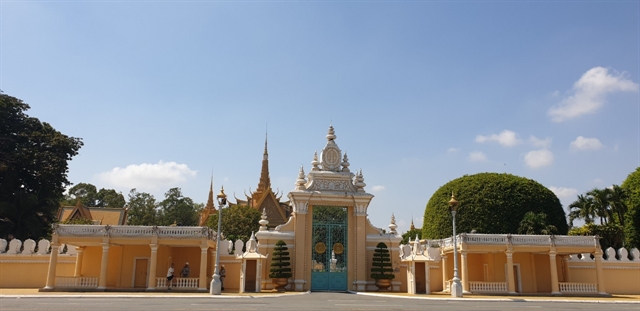
|
| The Royal Palace in Phnom Penh |
The capital city is also known as the city at the junction of the three major rivers Tonle Sap, Bassac and Mekong. Our destinations in Phnom Penh included Wat Phnom Temple to learn about the history of Phnom Penh, the Royal Palace of Cambodia to see the Silver Pagoda and the Emerald Buddha temple, the National Museum of Cambodia and the Temple of Independence and Liberation.
We also took a ride to visit the Toul Sleng Genocide Museum (S-21 prison) and the Choeung Ek Killing Field to learn about the Khmer Rouge regime and the brutal crimes committed against many innocent people.
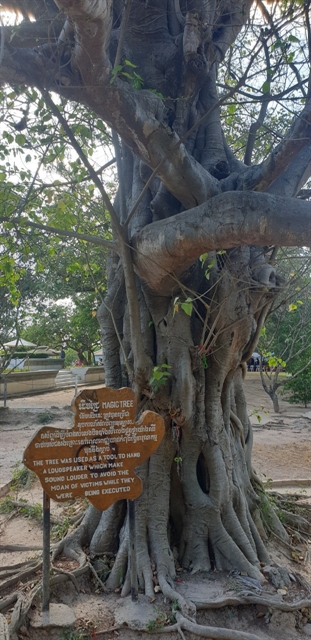
|
| A tree was used as a tool to drown out the agonising screams of those being put to death in Choeung Ek Killing Field in Phnom Penh. |
Watching sunset on Mekong River and visiting Phnom Penh Night Market are also highly recommended. At the market, you can try local food, especially the insects and snakes for the more daring, as well as buy the traditional scarf krama as a gift. It can be used in different ways.
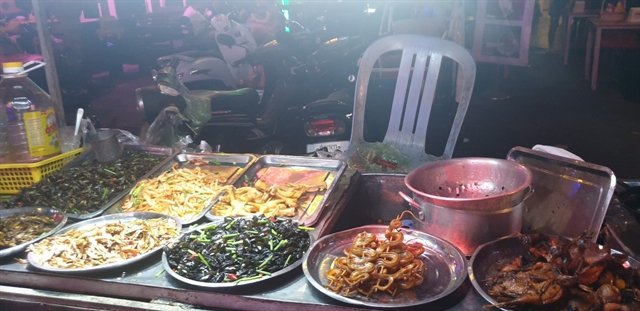
|
| A food stall selling insects and snakes at Phnom Penh Night Market. |
Leaving Phnom Penh, we headed to Bavet-Mộc Bài Border Gate with Việt Nam. Visiting casinos outside the border gate would be a good chance to try your luck by spending the last US dollars or Cambodian riels before entering Việt Nam.
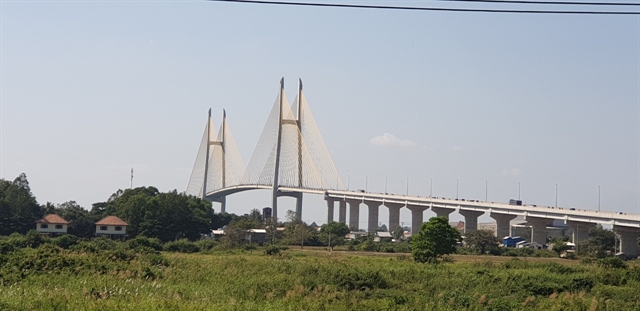
|
| Neak Loeung is the longest bridge in Cambodia on National Highway 1 that connects the capital of Phnom Penh with the Bavet border crossing to Việt Nam. |
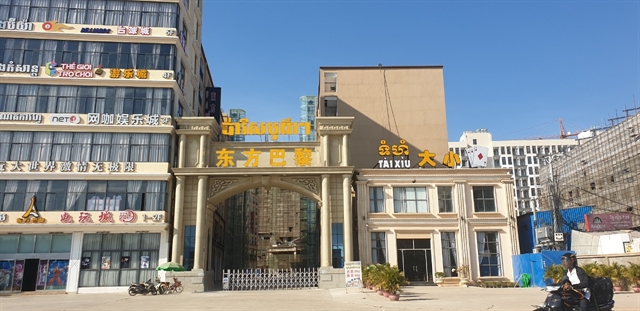
|
| Casinos and hotels outside the Bavet border gate with Việt Nam. |
A road trip across Cambodia made me realise how the country is a treasure for tourists who love ancient history. It almost took me back to my school days and history lessons, which I enjoyed immensely.
Today I'm certainly older, but never too old to learn. And after my experiences over the past few weeks in first Laos and then Cambodia, I've undoubtedly learned a lot.
Cambodia is a treasure trove packed with culture, traditions, history and memories. Its landscapes are on par with anything you will see in Asia. But for me it was just the beautiful scenery I was fortunate enough to see that will stick in my mind, but instead the smiles on the faces of the local children we met on our travels.
Goodbye Cambodia, and although the next stop is my very own home country, our holiday is far from over. — VNS
To be continued next week
Part 4: Admiring Việt Nam central coast from South to North.
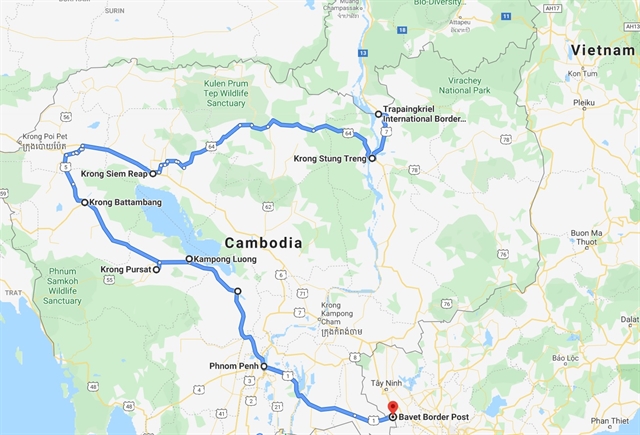
|
| A suggested route from Laos-Cambodia Border Gate - Stung Treng - Siem Reap - Battambang - Phnom Penh - Cambodia-Vietnam Border Gate. |
.JPG)
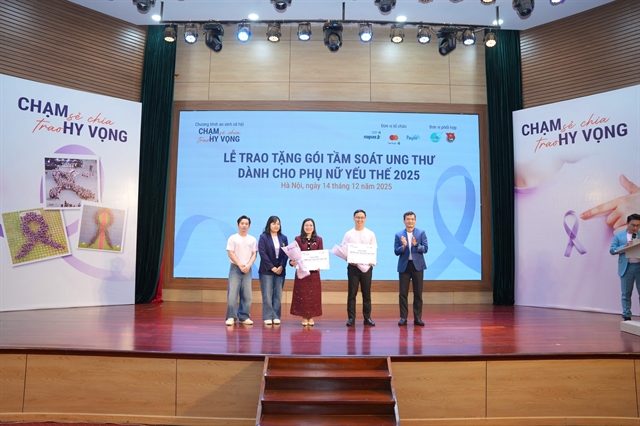
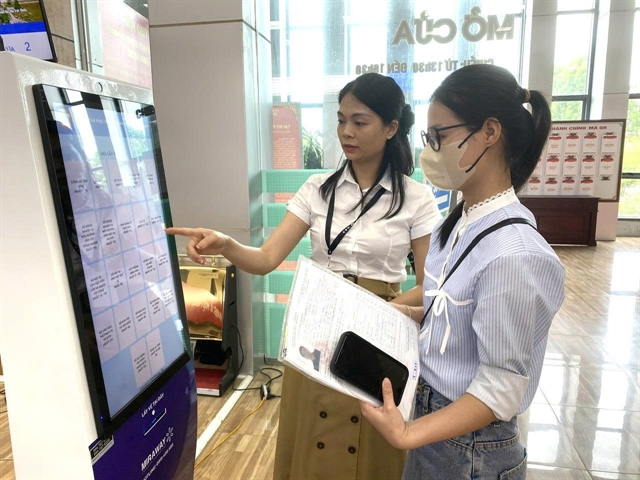
-awarded-beers.jpeg-image-(.jpeg).jpeg)
